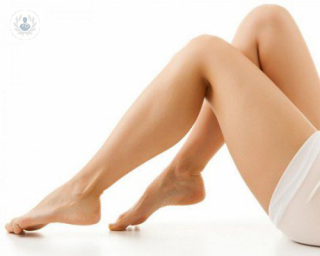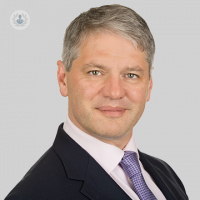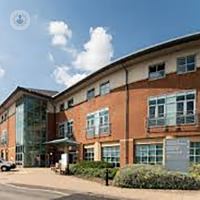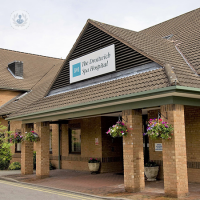Foam sclerotherapy
Mr David Greenstein - Vascular surgery
Created on: 11-13-2012
Updated on: 08-29-2023
Edited by: Conor Dunworth
What is foam sclerotherapy?
Sclerotherapy has been around as a treatment for a significant amount of time, and it involves injecting a special solution called a sclerosant into the vein, damaging the internal lining and creating a blood clot. The body then destroys the vein itself over time. With foam sclerotherapy, the solution is made into a foam by mixing it with a small amount of air and agitating the liquid. It is used as a treatment for varicose veins and thread veins.

How does foam sclerotherapy work?
In traditional sclerotherapy procedures, the blood can dilute the solution once it is injected into the vein. With a foam version of the solution, the air can in fact push the blood out of the way. The solution fills the vein, and stops when it comes into contact with larger veins, as it finally mixes with blood there and becomes ineffective.
Over a short amount of time, the air in the solution leaves the injected vein, but the blood which was pushed aside sticks to the vein’s lining. This then blocks the vein off, effectively destroying it.
How is foam sclerotherapy performed?
The surgeon applies local anaesthetic to the area they wish to treat. They use an ultrasound scan to detect the exact positioning of the vein, and insert a needle into it. The sclerosant solution is then injected, and the surgeon can monitor progress on the screen.
When enough foam has been injected, the needles are removed, and compression pads are applied to the leg.
What is the aftercare for foam sclerotherapy?
Bandages must be kept on for a few days. The patient then returns for a follow-up appointment, where the bandages and the compression pads will be removed.
Sometimes patients need more than one session to completely remove the varicose veins, but usually when treatment is completed, the varicose veins will no longer be visible. Sometimes bruising occurs, but this is mild and usually goes away after a period of weeks. This is typical for most treatments of varicose veins.
The patient can resume normal activity straight away, but is advised not to do vigorous exercise. This means patients can go back to work directly after the procedure, with little to no discomfort.
















